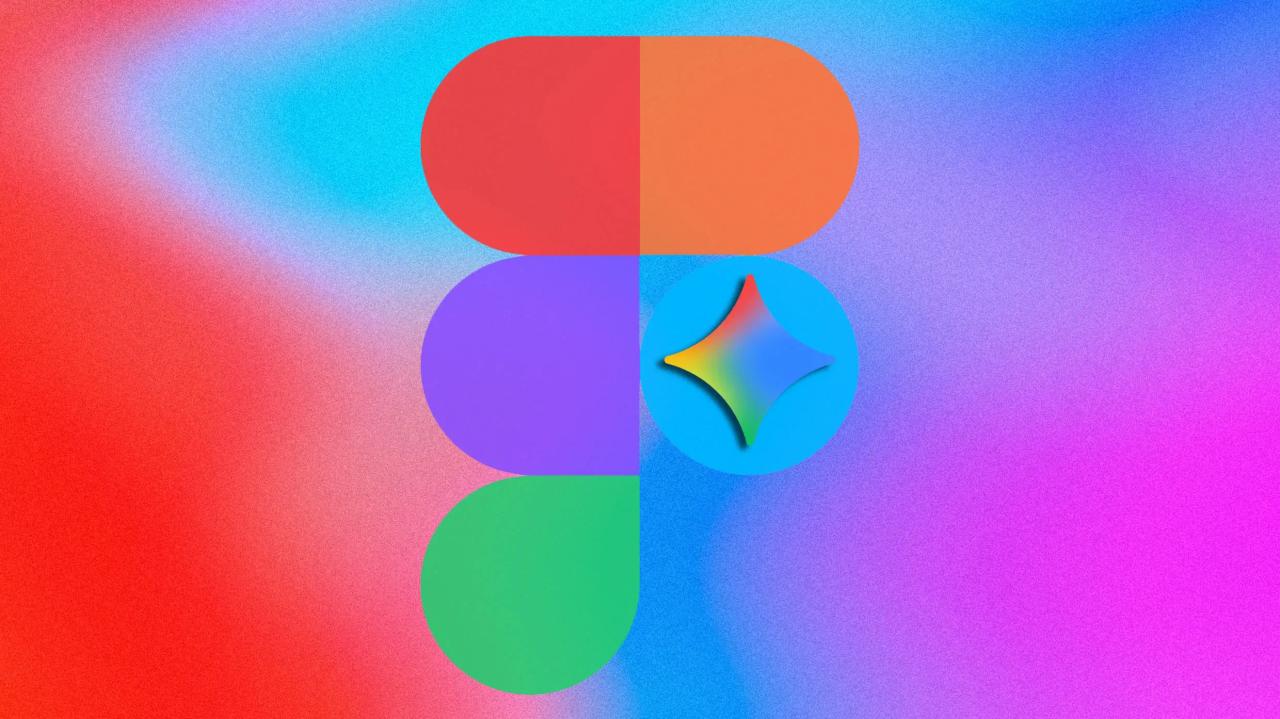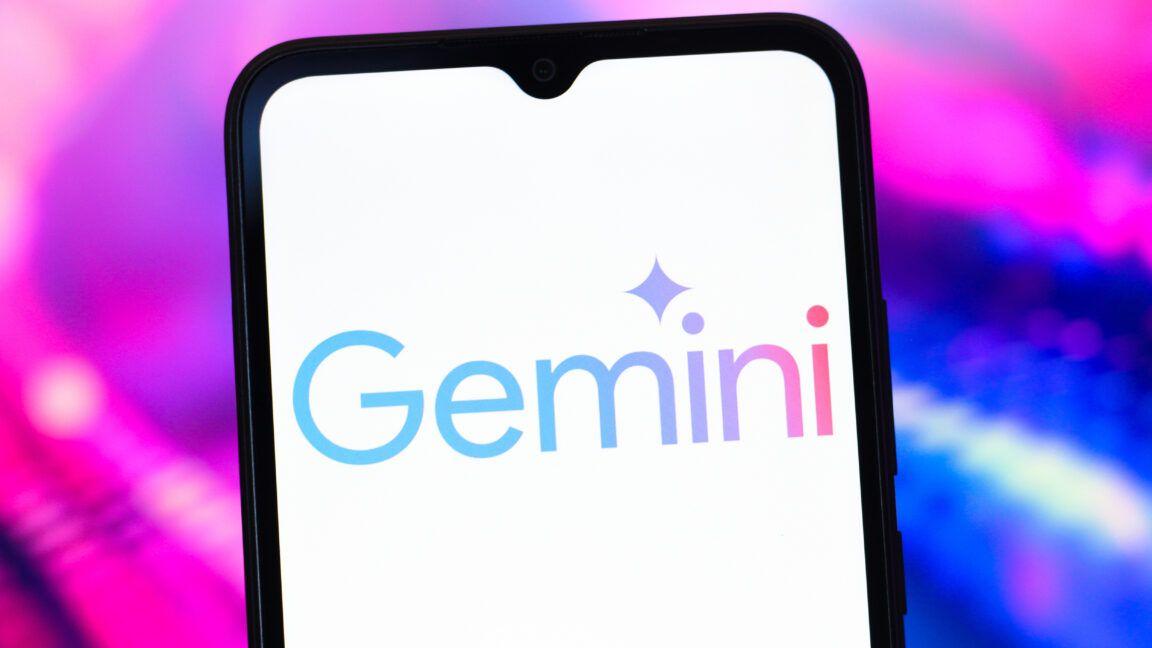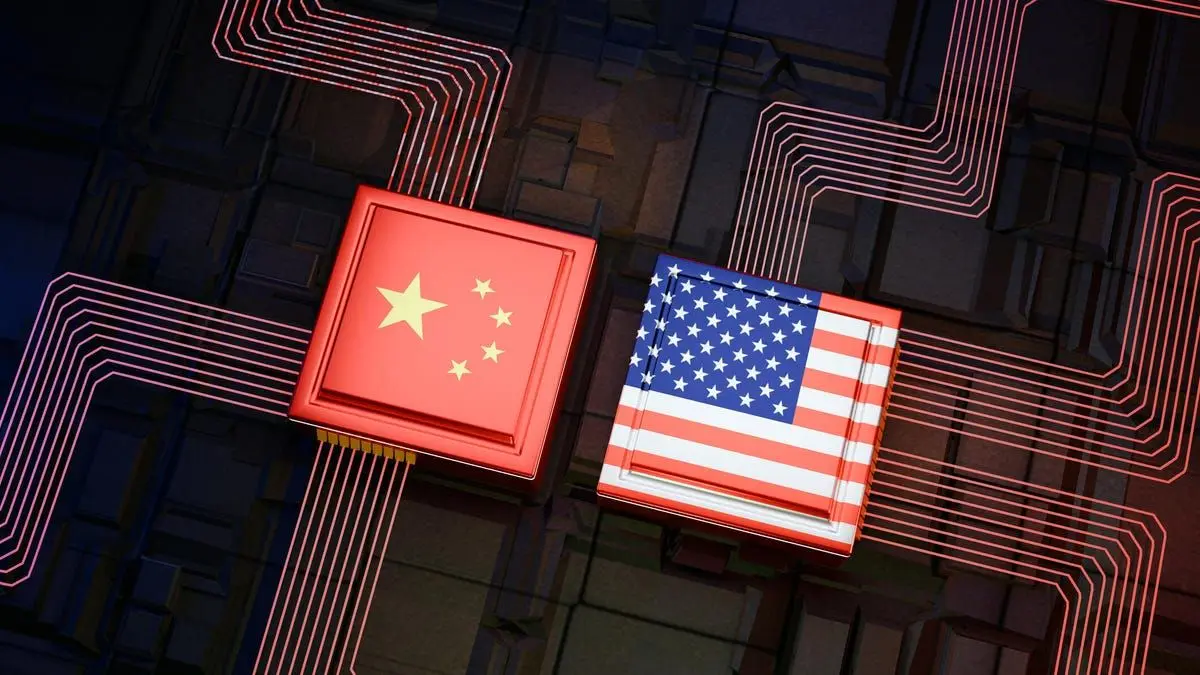Figma Revolutionizes Design with Google's Gemini AI Integration
3 Sources
3 Sources
[1]
Figma partners with Google to add Gemini AI to its design platform | TechCrunch
Design platform Figma is partnering with Google to add more AI features, the company announced on Thursday. While Figma had previously introduced AI app-building tools of its own, the new integration with Google will bring several Gemini models to the design software to address what Figma says are the "evolving needs" of product designers and their teams. With the partnership, Gemini 2.5 Flash, Gemini 2.0, and Imagen 4 will be added to Figma's toolset, while the company maintains its relationship with Google Cloud. Gemini 2.5 Flash will be integrated into the process for editing images and Figma's image generation capabilities, allowing the software's 13 million monthly active users to make AI images with a prompt and request changes. The company believes the addition will speed up workflows, citing earlier tests of Gemini 2.5 Flash in its product, where users experienced a 50% reduction in latency for the company's "Make Image" feature. The partnership is now one of several from top AI makers, intent on integrating their models within existing apps with large user bases as they seek to establish dominance in a tight race for consumer adoption. This week, for instance, OpenAI announced that its users could "chat" with apps inside ChatGPT, including those from Spotify, Booking.com, Expedia, Coursera, Zillow, Canva, and others. Figma was also in that list, indicating the Google Gemini deal is not an exclusive one. The news of the Figma deal arrives alongside Google's announcement of Gemini Enterprise, an AI-powered conversational platform designed to bring AI to enterprise customers within their existing workflows. That means users would be able to chat with their company's documents, data, and applications, and engineers would have access to tools to build and deploy AI agents or use a suite of existing agents. Google positioned the news as a win for AI's potential to increase efficiency and improve workflows -- something companies would presumably pay for, as they come to rely on the integrations. That's a strategic move at a time when consumers are driving AI profits, while gen AI pilots at companies often fail. To counter this, Google noted that 65% of Google Cloud customers are using its AI products. Alongside the Figma deal, Google also announced AI deals with GAP, Gordon Foods, Klarna, Macquarie Bank, Melexis, Mercedes, Signal Iduna, Valiuz, and Virgin Voyages. These join existing partners using Gemini, like Banco BV, Behr, Box, DBS Bank, Deloitte, Deutsche Telekom, Fairprice Group, the U.S. Department of Energy, and others.
[2]
Google and Figma partner in bid to remake real-time design with Gemini 2.5
Creativity has always been governed by time -- not just how long it takes to bring an idea to life, but how long a creator can stay "in flow." Every designer knows the frustration of an idea hanging in digital limbo. But those pauses, once accepted as inevitable, are now starting to vanish. Figma, the cloud-based interface design tool, and Google Cloud, the computing and storage platform, have announced the integration of Google's Gemini 2.5 Flash directly into Figma's design platform. The collaboration aims to let designers generate visuals and make edits almost instantly, eliminating the lag between an idea and its execution. For users, that means faster collaboration, smoother iteration, and a more natural creative flow. "The economic significance of latency in AI is far greater than just speed -- it's about changing the commercial viability and product experience for every application built on a generative model," says Matt Renner, president of global revenue at Google Cloud. Lower latency, in turn, decreases computational and financial expenses, allowing the AI tools to become more scalable and efficient for high-volume tasks, he added. Gemini 2.5 Flash (also known as "Nano Banana") rose to prominence for its ability to merge multiple images, keep characters consistent across edits, and generate a wide range of styles, from lifelike portraits to classic art, in mere seconds. Google claims that in early integrations of Gemini 2.5 Flash, Figma users saw a 50% reduction in latency for the platform's "Make Image" feature, unlocking faster image generation capabilities for its users. "In Figma, every second AI can return to the user, whether it's time saved renaming layers, editing images or even generating multiple images at the same time, frees them up to focus on the kind of higher-level problem solving and deep iteration that's at the root of all great design," says Abhishek Mathur, vice president of platform engineering at Figma. The partnership signals a deeper strategic shift for Google Cloud. Rather than competing for user attention, the company aims to embed its AI models, including Gemini 2.5 Flash, Gemini 2.0, and Imagen 4, directly into third-party creative ecosystems like Figma to make Gemini an unseen accelerant that enhances existing tools instead of forcing users to switch platforms. "Our focus is on helping users go from idea to production, and we see AI as core to how this workflow will evolve moving forward," Mathur adds.
[3]
Figma and Google Cloud Team Up to Empower Next Generation of Creative Builders
Google Cloud and Figma announced an expanded collaboration that brings more of Google's generative AI technology into Figma's design and product development platform .Figma will leverage Google's AI models, including Gemini 2.5 Flash, Gemini 2.0, and Imagen 4, to address the evolving needs of product designers and their teams. With Gemini 2.5 Flash incorporated in the edit image and image generation capabilities across Figma's platform, the company's more than 13 million monthly active users can bring even more creativity and visual expression to their designs. Figma will use Gemini's industry-leading context windows, AI toolset, data platform, and cybertools, to meet increasing demand for user-friendly AI tools. With Gemini on Google Cloud, Figma can more easily help its users make high quality images with just a prompt; experiment with site functions before launch; and accelerate product development by eliminating tedious workflows that slow the design process down. For example, in early integrations of Gemini 2.5 Flash, Figma users saw a 50% reduction in latency for its ?Make Image? feature, unlocking faster, more responsive image generation capabilities for its users. With Gemini integrated into Figma's platform, the company now offers best-in-class image generation and editing capabilities accessible to all customers with access to AI.
Share
Share
Copy Link
Figma partners with Google Cloud to integrate Gemini AI models into its design platform, promising faster workflows and enhanced creative capabilities for designers worldwide.
Figma and Google Cloud Join Forces
Figma, the popular cloud-based interface design tool, has announced a groundbreaking partnership with Google Cloud to integrate advanced AI capabilities into its platform
1
. This collaboration aims to address the evolving needs of product designers and their teams by incorporating Google's Gemini AI models, including Gemini 2.5 Flash, Gemini 2.0, and Imagen 43
.
Source: Fast Company
Enhanced AI-Powered Design Capabilities
The integration of Gemini 2.5 Flash into Figma's platform promises to revolutionize the design process for its 13 million monthly active users
1
. Designers will now be able to generate and edit images using AI prompts, significantly speeding up their workflows. Early tests have shown a remarkable 50% reduction in latency for Figma's 'Make Image' feature, allowing for faster and more responsive image generation2
.
Source: TechCrunch
Transforming Creative Workflows
The partnership between Figma and Google Cloud is set to redefine the concept of 'creative flow' in digital design. By minimizing the time between ideation and execution, designers can maintain their creative momentum and focus on higher-level problem-solving
2
. Abhishek Mathur, VP of Platform Engineering at Figma, emphasizes that this integration will free up designers to concentrate on deep iteration and the core aspects of great design2
.Strategic Implications for AI in Design
This collaboration represents a significant shift in how AI is being integrated into creative tools. Rather than competing for user attention, Google Cloud is embedding its AI models directly into existing creative ecosystems like Figma
2
. This approach positions Gemini as an invisible accelerant, enhancing existing tools without requiring users to switch platforms.Related Stories
Broader Impact on AI Adoption
The Figma-Google partnership is part of a larger trend of AI integration into popular applications. It follows similar moves by other tech giants, such as OpenAI's recent announcement of ChatGPT integration with various apps
1
. This trend underscores the growing importance of AI in improving efficiency and workflows across various industries.Future Prospects and Industry Implications
As AI becomes more deeply integrated into design tools, it has the potential to significantly impact the creative industry. The reduction in latency and improved efficiency could lead to faster product development cycles and more innovative designs. Moreover, this partnership may set a new standard for AI integration in creative software, potentially influencing how other companies approach AI implementation in their products.
References
Summarized by
Navi
Related Stories
Recent Highlights
1
Google launches Gemini 3 Flash as default AI model, delivering speed with Pro-grade reasoning
Technology

2
OpenAI launches GPT Image 1.5 as AI image generator war with Google intensifies
Technology

3
OpenAI launches ChatGPT app store, opening doors for third-party developers to build AI-powered apps
Technology








